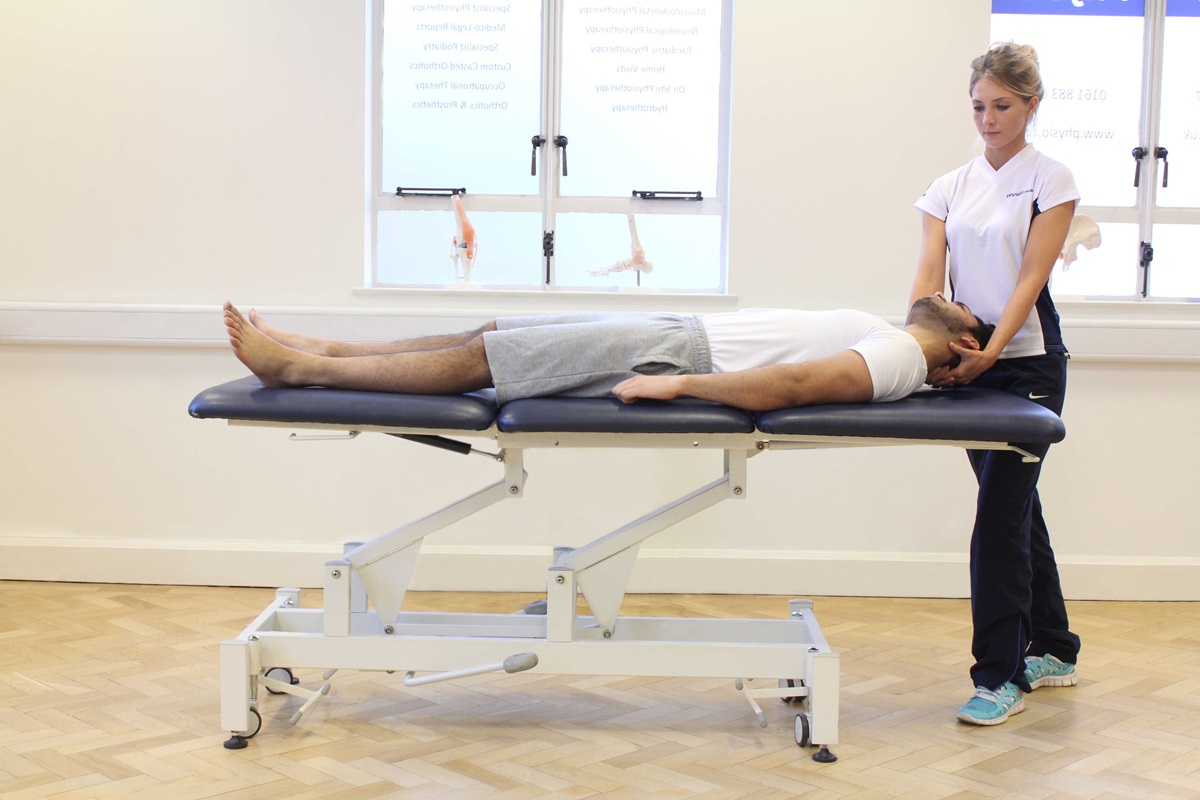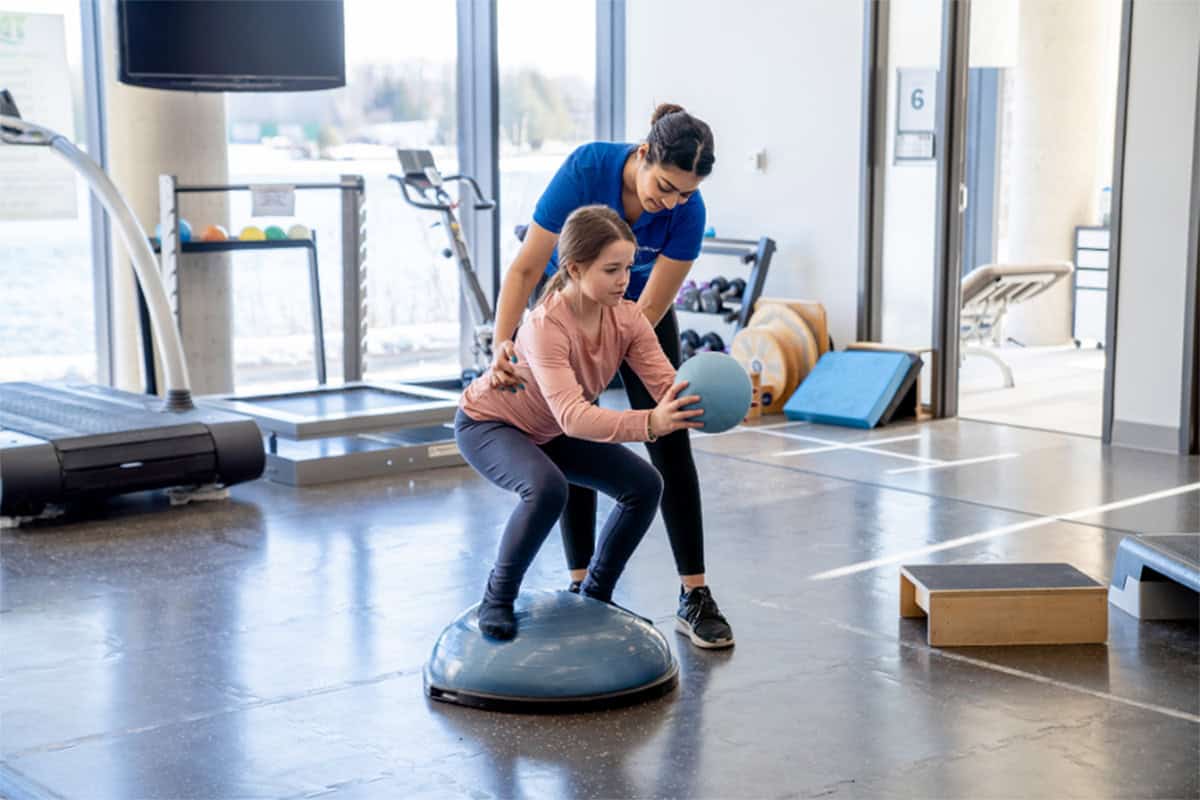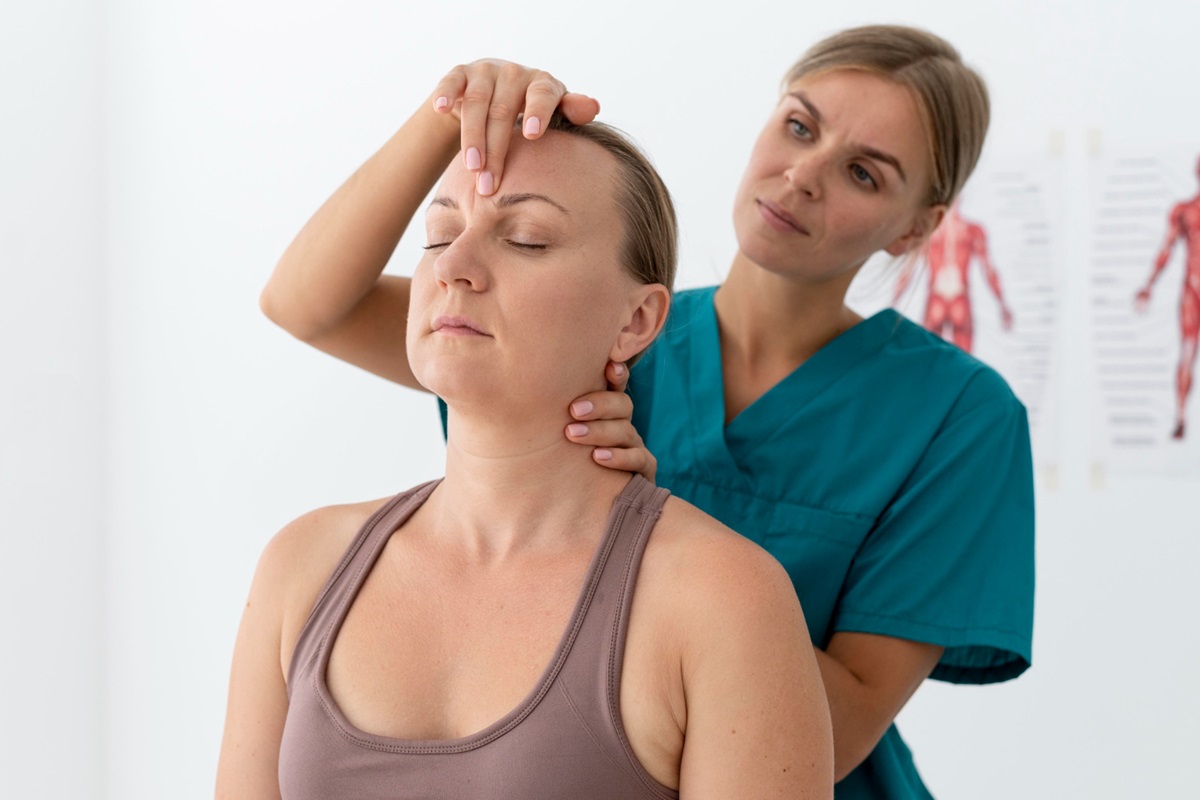Living with dizziness, imbalance, or visual instability can disrupt every part of your day—from walking down the hall to driving a car. Vestibular physical therapy helps treat these symptoms by retraining your brain and body to work together again. If you’ve been searching for relief from vertigo or chronic imbalance, this evidence-based approach could be your solution.
At ORMobility Physical Therapy & Performance, our goal is to restore balance and reduce dizziness through skilled care and tailored vestibular physical therapy exercises. Whether you’re recovering from concussion, managing vestibular dysfunction, or struggling with Meniere’s disease, we’re here to help.
What Is Vestibular Physical Therapy and Who Needs It
Vestibular physical therapy is a specialized form of rehab that targets the vestibular system, which includes the vestibular labyrinth, otolith organs, and semicircular canals located in your inner ear. This system works with your brain and body to maintain equilibrium, spatial orientation, and stable vision during movement.
Defining Vestibular PT and Its Goals for Balance and Dizziness Improvement
This therapy focuses on improving vestibulo-ocular reflex (VOR), vestibulo-spinal reflex (VSR), and overall postural control. A vestibular rehabilitation specialist creates a plan tailored to your condition, whether it’s vestibular migraine, cervicogenic dizziness, or benign paroxysmal positional vertigo (BPPV). The goal is to restore functional mobility, reduce nystagmus, and improve daily safety.
Common Conditions Treated
Vestibular physical therapy helps manage conditions such as:
- BPPV, where displaced endolymph particles cause vertigo
- Vestibular neuritis/labyrinthitis, affecting balance and coordination
- Persistent postural perceptual dizziness (PPPD)
- Mal de Debarquement (MdD)
- Post-concussion syndrome (PCS) and traumatic brain injury (TBI)
- Recurrent vestibulopathy and unilateral vestibular hypofunction (UVH)
The Science Behind Your Inner Ear, Brain, and Balance Connection
The vestibular apparatus works closely with the central nervous system to interpret head movement and maintain visual stability. When this communication is disrupted by illness, injury, or aging, symptoms like disorientation, imbalance, and blurred vision can occur. Vestibular physical therapy helps retrain these pathways through repetition, adaptation exercises, and structured progression.
How Vestibular Evaluation Guides Treatment
The first step to effective care is a detailed vestibular evaluation physical therapy session. This ensures we identify the type of vestibular disorder, the underlying cause, and the most effective course of treatment.
Key Assessment Tools
Your evaluation may include:
- A vestibular test battery, such as the Dix-Hallpike maneuver or caloric testing
- Rotational chair testing to assess VOR function
- Inner ear exams to check for inflammation or dysfunction
- Monitoring of nystagmus, compensatory saccades, and head movement tolerance
- Hearing tests (in collaboration with an audiologist) for related inner ear symptoms
Personalized Evaluation of Gait, Posture, Visual Stability, Fall Risk
Our therapists assess:
- Gait assessment and dynamic balance
- Visual motion stimuli and visual stability
- Coordination, muscle strength, and postural stability
- Environmental risk factors like barriers in the home or fall risk
- Physical and emotional triggers such as pain, medications, or emotional concerns
This comprehensive clinical assessment allows us to tailor your vestibular rehabilitation program for optimal results.
Core Vestibular Physical Therapy Exercises

Treatment sessions are based on structured vestibular physical therapy exercises designed to improve brain adaptation and vestibular compensation.
Gaze Stabilization Drills
These exercises retrain the vestibulo-ocular reflex (VOR) by teaching your eyes to stay focused while your head moves. This restores vision stability during daily activity, like reading signs while walking or driving.
Habituation and Habituation-Based Movements
For people with motion sensitivity, habituation exercises expose the brain to triggering movements in a controlled way. Over time, this reduces dizziness in response to movements like bending over, turning quickly, or scrolling on a phone.
Balance and Gait Retraining
Using tools like foam pads, balance beams, and visual tracking, these drills improve postural control and stability during movement. Combining balance exercises with strength work also improves endurance and reduces fall risk.
Canalith Repositioning Maneuvers for BPPV
When otoconia crystals move into the wrong part of the inner ear, maneuvers like the Epley or Semont reposition them. This canalith repositioning procedure is safe, effective, and often results in fast relief from spinning sensations.
Progressive Strengthening for Functional Mobility
As symptoms improve, exercises progress to include stretching and strengthening exercises to improve mobility, core strength, and postural stability. These support your return to regular physical activity and increase quality of life.
Vestibular Physical Therapy Exercises You Can Do at Home
Home programs extend your therapy between visits. Your therapist will design a simple and safe exercise program based on your diagnosis, mobility level, and response to in-clinic treatments.
Beginner Protocols
Start with:
- Neck mobility and stretching exercises
- Gentle head position changes while seated or standing
- Eyes-open and closed movements in a quiet space to build tolerance
Intermediate Gaze Stabilization With Movement and Background Distraction
As you progress, perform gaze drills while walking or standing in front of a busy background. This helps retrain your brain to ignore irrelevant stimuli like flashing lights or moving crowds.
Advanced Balance Training Combined with Head Movements
Practice walking while turning your head, stepping on foam, or standing on one foot with eyes closed. These real-world tasks support postural control and build confidence outdoors or in crowds.
Stair and Surface Variations to Challenge Adaptation
Use stairs, curbs, or soft surfaces to challenge the vestibulo-spinal reflex and improve spatial orientation. Gradually increasing difficulty leads to incremental improvement without overwhelming your system.
Effectiveness & Benefits of Vestibular PT
Vestibular rehabilitation therapy (VRT) is proven to reduce symptoms, restore function, and improve safety for people with balance disorders. Clinical studies show that early intervention leads to better long-term outcomes.
Improved Balance, Reduced Dizziness, and Fewer Falls
Therapy leads to:
- Reduced episodes of vertigo or spinning
- Improved balance issues and postural awareness
- Fewer falls and near-falls, especially in older adults
- Less reliance on caregivers, reducing caregiver burden
Among older adults, dizziness is a frequently reported issue that poses a major risk for falls. These falls not only impact physical health but also contribute to significant healthcare costs and long-term care needs. Addressing dizziness early through specialized care can help reduce this burden on both individuals and the healthcare system.
Enhanced Quality of Life and Confidence
People regain the ability to work, drive, shop, and enjoy life again. This improved activity level reduces social isolation and mental stress.
Strong Evidence Base
Peer-reviewed research confirms that vestibular physical therapy reduces symptoms in 80–90% of patients with conditions like peripheral vestibular hypofunction, vestibular migraine, or PCS. Even complex cases benefit from structured programs.
Why Choose ORMobility for Your Vestibular Physical Therapy

At ORMobility Physical Therapy & Performance, we specialize in treating complex balance disorders, dizziness and concussion-related symptoms through one-on-one care. We offer expert-led rehab and support for patients across all age groups.
Comprehensive Vestibular Evaluation and Personalized Treatment Plans
Each patient receives a full physical therapist evaluation, including balance and vestibular test battery, gait assessment, and symptom history. We design step-by-step programs based on your needs, diagnosis, and life goals.
Hands-On Expertise in BPPV Maneuvers, Gaze, and Balance Therapy
Our therapists have advanced post-graduate training in vestibular rehabilitation therapy (VRT) and use clinically proven tools to guide recovery. You’ll receive consistent guidance and progression at each treatment session.
Convenient Care and Follow-Up Options
Searching for vestibular physical therapy near me in Roseburg, OR? We offer in-clinic and hybrid care models for your comfort and convenience. Need help now? Request Appointment online or call our team today for direct support.
Conclusion
Dizziness and balance issues can take a serious toll on your independence, safety, and mental health.
Targeted interventions have been shown to enhance both overall quality of life and postural control. By addressing balance deficits through structured therapy, individuals often regain confidence in movement and perform daily activities more safely and independently.
With a structured vestibular physical therapy program, you can regain stability, improve confidence, and restore your quality of life. At ORMobility Physical Therapy & Performance, our team is here to guide you every step of the way.
We treat complex vestibular disorders with skill, compassion, and personalized care. Don’t wait to feel better.
FAQs
What are the four components of vestibular rehab?
They include: gaze stabilization, habituation, balance training, and functional mobility exercises. These work together to retrain the vestibular system and reduce symptoms.
What is the success rate of vestibular rehabilitation?
Studies show that up to 90% of patients experience improvement, especially with BPPV, vestibular hypofunction, or post-concussion syndrome.
How do you do vestibular therapy at home?
Work with a therapist to design a home-based vestibular rehabilitation program. Common exercises include gaze stabilisation exercises, habituation exercises, and balance drills tailored to your diagnosis.


